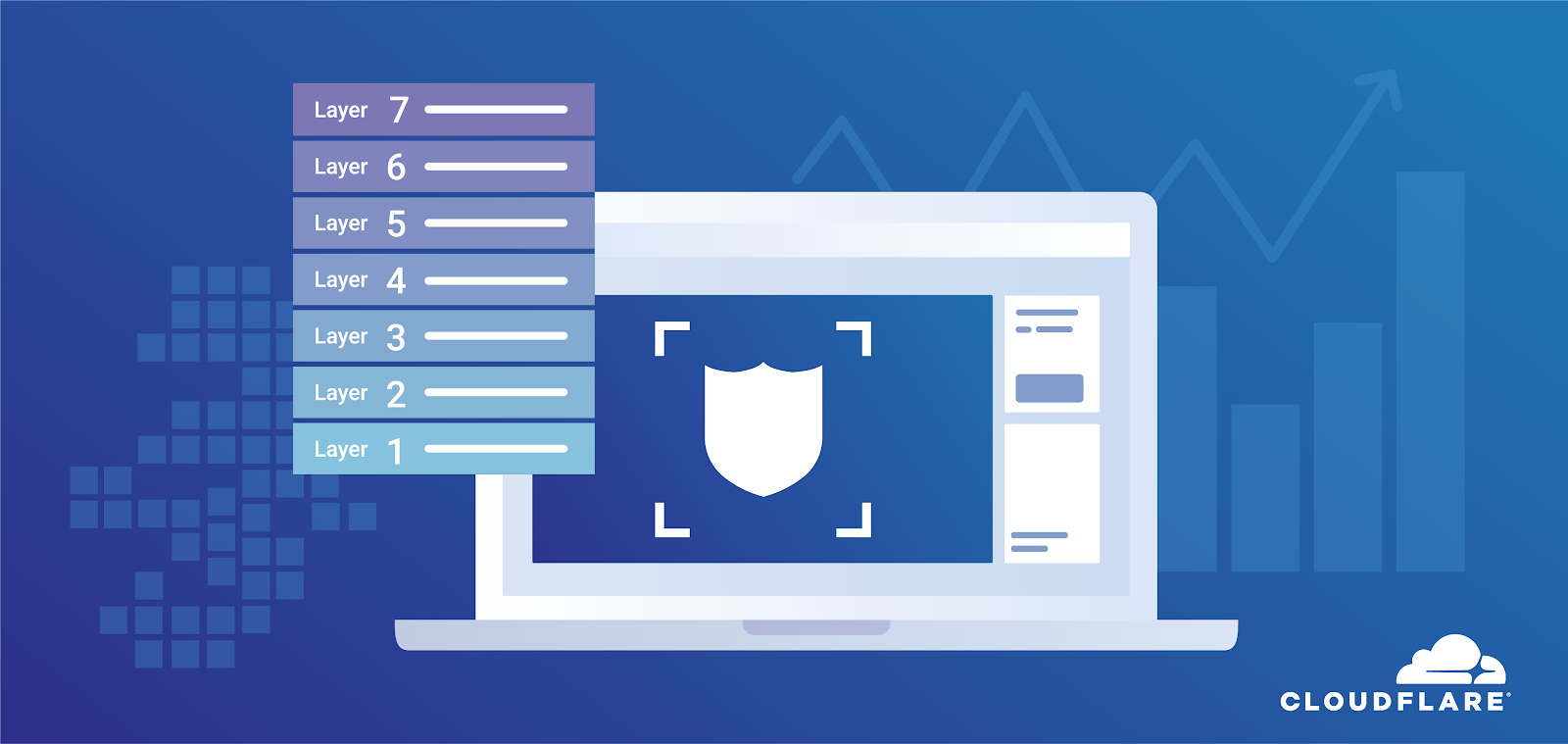Author Archives: Omer Yoachimik
Author Archives: Omer Yoachimik


As we wrapped up the first quarter of 2020, we set out to understand if and how DDoS attack trends have shifted during this unprecedented time of global shelter in place. Since then, traffic levels have increased by over 50% in many countries, but have DDoS attacks increased as well?
Traffic increases are often observed during holiday seasons. During holidays, people may spend more time online; whether shopping, ordering food, playing online games or a myriad of other online activities. This higher usage translates into higher revenue per minute for the companies that provide those various online services.
Downtime or service degradation during these peak times could result in user churn and loss of significant revenue in a very short time. ITIC estimates that the average cost of an outage is $5,600 per minute, which extrapolates to well over $300K per hour. It is therefore no surprise that attackers capitalize on the opportunity by launching a higher number of DDoS attacks during the holiday seasons.
The current pandemic has a similar cause and effect. People are forced to stay home. They have become more reliant on online services to accomplish their daily tasks which has generated a surge in the Continue reading


On Cloudflare’s 8th birthday in 2017, we announced free unmetered DDoS Protection as part of all of our plans, regardless if you’re an independent blogger using WordPress on Cloudflare's Free plan or part of a large enterprise operating global network infrastructures. Our DDoS protection covers attack vectors on Layers 3-7; whether highly distributed and volumetric (rate-intensive) or small and sneaky. We protect over 26 million Internet properties, and at this scale, identifying small and sneaky DDoS attacks can be challenging, especially at L7. In this post, we discuss this challenge along with trends that we’ve seen, interesting DDoS attacks, and how we’ve responded to them so that you don’t have to worry.
When analyzing attacks on the Cloudflare network, we’ve seen a steady decline in the proportion of L3/L4 DDoS attacks that exceed a rate of 30 Gbps in recent months. From September 2019 to March 2020, attacks peaking over 30 Gbps decreased by 82%, and in March 2020, more than 95% of all network-layer DDoS attacks peaked below 30 Gbps. Over the same time period, the average size of a DDoS attack has also steadily decreased by 53%, to just 11.88 Gbps. Yet, very large Continue reading

Back in March 2019, we released Firewall Analytics which provides insights into HTTP security events across all of Cloudflare's protection suite; Firewall rule matches, HTTP DDoS Attacks, Site Security Level which harnesses Cloudflare's threat intelligence, and more. It helps customers tailor their security configurations more effectively. The initial release was for Enterprise customers, however we believe that everyone should have access to powerful tools, not just large enterprises, and so in December 2019 we extended those same enterprise-level analytics to our Business and Pro customers.

Since then, we’ve built on top of our analytics platform; improved the usability, added more functionality and extended it to additional Cloudflare services in the form of Account Analytics, DNS Analytics, Load Balancing Analytics, Monitoring Analytics and more.
Our entire analytics platform harnesses the powerful GraphQL framework which is also available to customers that want to build, export and share their own custom reports and dashboards.
Until recently, all of our dashboards were mostly HTTP-oriented and provided visibility into HTTP attributes such as the user agent, hosts, cached resources, etc. This is valuable to customers that use Cloudflare to protect and accelerate HTTP Continue reading

It was a scorching Monday on July 22 as temperatures soared above 37°C (99°F) in Austin, TX, the live music capital of the world. Only hours earlier, the last crowds dispersed from the historic East 6th Street entertainment district. A few blocks away, Cloudflarians were starting to make their way to the office. Little did those early arrivers know that they would soon be unknowingly participating in a Cloudflare time honored tradition of dogfooding new services before releasing them to the wild.

Dogfooding is when an organization uses its own products. In this case, we dogfed our newest cloud service, Magic Transit, which both protects and accelerates our customers’ entire network infrastructure—not just their web properties or TCP/UDP applications. With Magic Transit, Cloudflare announces your IP prefixes via BGP, attracts (routes) your traffic to our global network edge, blocks bad packets, and delivers good packets to your data centers via Anycast GRE.

We decided to use Austin’s network because we wanted to test the new service on a live network with real traffic from real people and apps. Continue reading